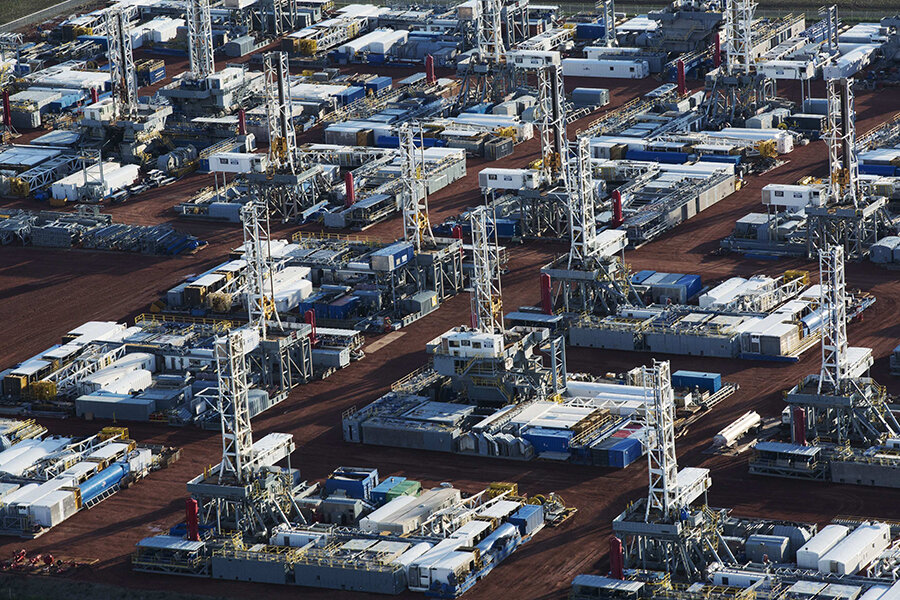US crude oil price drops almost eight percent
Loading...
| New York
A slew of global economic and geopolitical factors are working to pummel the price of oil and set up US drivers for very low gasoline prices later this year.
The price of US crude dropped 7.7 percent Monday to close at $52.53 a barrel and is now down nearly 15 percent from the high for the year set on June 10.
Gasoline prices in the US will likely slide somewhat from a national average of $2.77 over the next few weeks. Experts then expect a substantial decline in late summer and fall, pushing average gasoline prices in some low-price states below $2 a gallon again.
"We're going back to some of those low numbers we saw over the winter," said Tom Kloza, chief oil analyst at the Oil Price Information Service. "In some places (gas) prices starting with a 1 should come back by football season."
There are several signs around the world that point to falling demand for crude and fuels at a time when supplies are high and possibly rising:
— The Greek financial crisis could slow economic activity in Europe, which would reduce demand for gasoline and diesel.
— China's oil imports have already slipped this year and a plummeting Chinese stock market could mean even weaker demand in the world's second largest oil consumer.
— Oil production in OPEC, driven by strong production from Saudi Arabia and Iraq, is helping to keep the world's supplies high.
— Iran is eager to begin exporting oil that has been held back by sanctions, and talks between the US and Iran that could lift those sanctions appear to be progressing.
— US oil production remained strong even after drillers slowed their activity in the face of low oil prices — and now some drillers are ramping up production again.
The financial turmoil in Greece and China is also strengthening the dollar, which tends to push down the price of oil because oil is priced in dollars around the world.
"All signs point south for oil prices," wrote Thomas Pugh, commodities economist at Capital Economics, in a report Monday. Pugh reduced his forecast for oil prices at the end of this year by $5 to $50 a barrel.
After hitting a six-year low of $43.46 in mid-March, oil rose to nearly $60 in late April as refiners processed enormous amounts of crude for the summer driving season. Oil then stayed remarkably stable around $60 until the middle of last week.
Then some key trends reversed: US supplies increased for the first time in two months and the number of rigs drilling for oil in the US grew for the first time since December. Oil fell 5 percent last week. And over the weekend the Greece crisis worsened and the Iranian talks progressed, leading to a further drop Monday.
Pump prices are unlikely to drop sharply right away because driving season is in full swing and U.S. gasoline demand is higher than it's been since 2007, Kloza said. But unless a hurricane disrupts gasoline production on the Gulf Coast or elsewhere, gasoline prices should begin to plunge later this summer as refiners switch to winter blends of fuel.
The national average of $2.77 is 89 cents below last year at this time, according to AAA. In the first six months of the year AAA calculates that U.S. drivers saved $65 billion in gasoline expenses, or $530 for every U.S. household on average.





